Innovation takes flight and offers a variety of perspectives
Focus
Focus
Category Facet
Custom Facet
Search Results
-
Web Content Article · written-by Mario Egidio on-date May 26, 2024 12:29 PM
Categoria Progetto: Energy Efficiency Innovation Heratech Project Circular Economy Water Project -
Web Content Article · written-by Palvi Andrea Tonziello on-date Aug 4, 2020 5:25 PM
An investment of Euro 37 million. A plant that disposes of 100 thousand tonnes of organic waste produced by separate waste collection and another 35 thousand tonnes coming from green waste and...
circulareconomy Categoria Progetto: Heratech Project Innovation -
Web Content Article on-date Aug 4, 2020 5:20 PM
District heating is already in itself a "sustainable" and environment-friendly solution, because it can guarantee better performance than traditional domestic boilers. In addition, the plant...
Categoria Progetto: Heratech Project Energy Efficiency -
Web Content Article · written-by LUCIA ALGISI on-date Aug 4, 2020 4:49 PM
By 2024, Rimini's beaches will be 100% fit for swimming thanks to the Rimini Optimised Seawater Protection Plan (Piano di Salvaguardia della Balneazione Ottimizzato - PSBO). Discover the most...
psbo Categoria Progetto: Heratech Project Circular Economy Water Project -
Web Content Article on-date Aug 4, 2020 3:32 PM
Thanks to Imola's cogeneration plant, which produces electricity and heat from a single source, the city and its district are completely self-sufficient in case of blackouts. Find out more about...
Categoria Progetto: Heratech Project
Asset Publisher
Hera Group's drones are alternative and supplemental investigation tools to provide quality services to the areas we serve.
Cameras on. Three, two, one... take one! Or maybe it would be better to say... Go! Our drones are off.
Yes, you got that right. To ensure high quality services, we have invested in the most modern technologies, such as drones, which have become alternative and complementary investigative tools for the Hera Group.
Drones offer us countless opportunities in the management of essential services, such as checking the status of power lines, which can present problems that are difficult for ground-based operators to identify. We use helicopters to inspect the nearly 1,500 km of overhead power lines under our responsibility.
Drones also enable us to protect our service areas by checking for possible illegal discharges and observing the filling status of landfills, and offer increasingly timely services by monitoring the upgrades of public lighting, observing tanks and roofs. Not only that: specially designed drones support us in sewer inspection, providing accurate data to help optimise our work.
Our drones soar through the sky but also dive under water. Indeed, to offer higher and higher quality standards, special aquatic drones enable us to analyse the state of drinking water tanks, and of reservoirs without emptying them, giving us information about the collectors even if they are filled with murky water.
For us, leveraging innovation to contribute to the development of the local area and promoting efficient use of resources are the pillars of a broader project: creating Shared Value. For some time, we have been using cutting-edge technology that goes beyond drones, like satellite scanning. With this system, we can remotely assess the stability of the sewer collectors, pre-locate leaks in the water networks, and monitor landslides in our Apennine service area, to prevent problems in the gas networks.
Search Bar
Tag Facet
Search Results
Asset Publisher

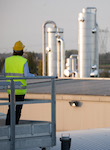

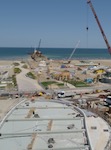
.jpg/9565bb79-c635-94a1-62b9-d0a45db370e3)
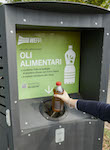

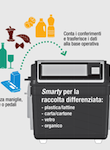

.jpg/468d051b-ba80-83a6-359d-7ef55eefd940)
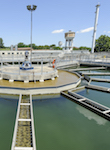
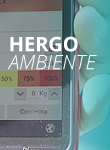
.jpeg/1d0e0770-1094-b22b-fce4-099f27c72978)